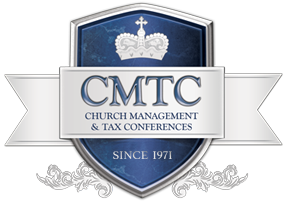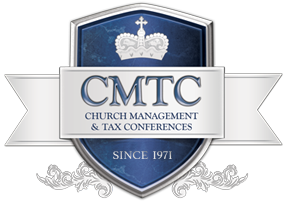Steps Every Church Must Take NOW: Pt 2
Previously I told you that the Federal Emergency Management Agency (FEMA) is taking steps and providing guidelines to assist Churches in reducing violence or terrorist attacks in their Houses of Worship.
Without a doubt we are living in a crazy world and it seems Churches are receiving the brunt of the attacks. Any Pastor or Church Leader or member that thinks their Church is immune from the actions of insane and demonically influenced pawns, are naïve. It is time we get our heads out of the sand and prepare to protect ourselves and those attending our services.
We have the best Security team in America protecting our events at our ICCM World Theater and Center. Our Security Chief has put together the following steps based upon FEMA’s recommendations, which I suggest that every Church put in action now.
Following are the remainder of the steps every Church must take now to protect themselves:
The Planning Process
Six steps for planning are outlined in the Guide (see Part 1 for website link): (1) Form a Collaborative Planning Team, (2) Understand the Situation, (3) Determine Goals and Objectives, (4) Plan Development, (5) Plan Preparation, Review, and Approval, and (6) Plan Implementation and Maintenance.
Step 1: Form a Collaborative Planning Team
The Guide aptly notes that successful emergency operations occur when a team of individuals and organizations are involved both in planning and execution. Accordingly, it recommends that churches first identify a core planning team that is “small enough to permit close collaboration, yet large enough to be representative of the house of worship, its congregation, and its community partners.” Ideally, the team will include first responders or others who have emergency response expertise, some of whom may be members of the organization. Once the team is identified, team members should determine and clearly define their roles and responsibilities, and should set a regular schedule of meetings.
Step 2: Understand the Situation
Step 2 requires a church to identify the threats and hazards to which it is susceptible, evaluate the risk of those threats and hazards, and then prioritize those risks. To identify threats and hazards, the planning team should draw on the knowledge and expertise of its members as well as community assessments that local and state agencies have conducted.
Once threats and hazards are identified, the team should evaluate the risk that each one poses. “Evaluating risk involves understanding the probability that the specific threat or hazard will occur; the effects the threat or hazard will likely have, including
Step 3: Determine Goals and Objectives
In Step 3, the team should decide which of the identified threats and hazards it will address in its EOP. It need not address all of them, but should address more than simply those identified as high risk. Once the team has made this determination, it should “develop goals and objectives for each threat or hazard.”
Per the Guide, goals are “broad, general statements that indicate the desired outcome in response to a threat or hazard. Goals are what personnel and other resources are supposed to achieve. Goals also help identify when major activities are complete and what defines a successful outcome.” In contrast, “objectives are specific, measurable actions that are necessary to achieve the goals.”
Goals can be organized according to the focus areas outlined in PPD-8. For example, a prevention goal related to fires might read, “Prevent a fire from occurring in the church.” Objectives associated with this goal could read, (1) “Provide fire prevention training to all persons that use combustible materials or equipment in or around the church” and (2) “Store combustible materials in fireproof containers or rooms.”
Step 4: Plan Development (Identifying Courses of Action)
Step 4 involves developing a course of action for each of the objectives noted in Step 3. The Guide recommends the following steps for this process, as noted in Table 3.
Step 4 also involves identifying the resources necessary for each chosen course of action. Doing so will help churches identify “resource gaps or shortfalls” that they should address.
Conclusion
Developing an EOP is essential for churches. Although the process is tedious, and no doubt time consuming, an adequate and efficient plan can be developed systematically if churches are willing to regularly dedicate some portion of time to evaluating risks and crafting appropriate responses.
Chitwood & Chitwood is the best in the nation at Church Management. Our 78 years of experience has taught us what others do not as yet know. I encourage every Pastor and Church Leader to attend the nearest and soonest Church Management Conference. You will be glad you did. You have no time to waste. Visit us at www.cmtc.org or call 800-344-0076 to register today. Every moment you delay may be placing your Church and attendees in danger.
Remember, for us, “It is A Ministry—Not A Job!”

